A fast-moving wildfire has ravaged the North Rim of the Grand Canyon, destroying a historic lodge and dozens of other structures, and prompting officials to close the area for the season. The fire, which was sparked by lightning on July 4, has caused significant damage to the park’s facilities and historic sites.
Park Superintendent Ed Keable announced during a Sunday morning meeting that the Grand Canyon Lodge, the only lodging inside the park at the North Rim, was consumed by flames. He confirmed that between 50 and 80 structures were lost, including the visitor center, gas station, wastewater treatment plant, administrative building, and employee housing. Numerous historic cabins in the area were also destroyed.
Two wildfires are currently burning near or at the North Rim, identified as the White Sage Fire and the Dragon Bravo Fire. The latter is responsible for the destruction of the lodge and other buildings. Initially managed with a “confine and contain” strategy, authorities shifted to more aggressive suppression efforts after the fire rapidly expanded to 7.8 square miles due to hot temperatures, low humidity, and strong winds.
There have been no reports of injuries. However, the wildfire has led to evacuations of visitors, park staff, and hikers in the inner canyon. The park also warned of potential exposure to chlorine gas after the treatment plant burned, which could cause respiratory problems or irritation.
Arizona Governor Katie Hobbs called on the federal government to investigate the National Park Service’s response to the wildfire, emphasizing the need for urgent action to contain the fire and prevent further damage. She stated on social media that Arizonans deserve answers on how the fire was allowed to cause such destruction.
The North Rim, which is only open seasonally and usually less crowded than the South Rim, was evacuated last Thursday. It will remain closed for the rest of the season. Additionally, rafters on the Colorado River have been advised to bypass Phantom Ranch, which features cabins and dormitories along the river, due to the ongoing fire risk.


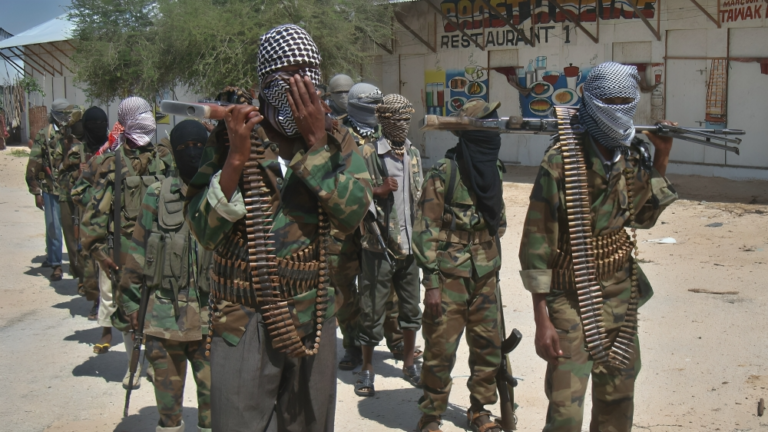
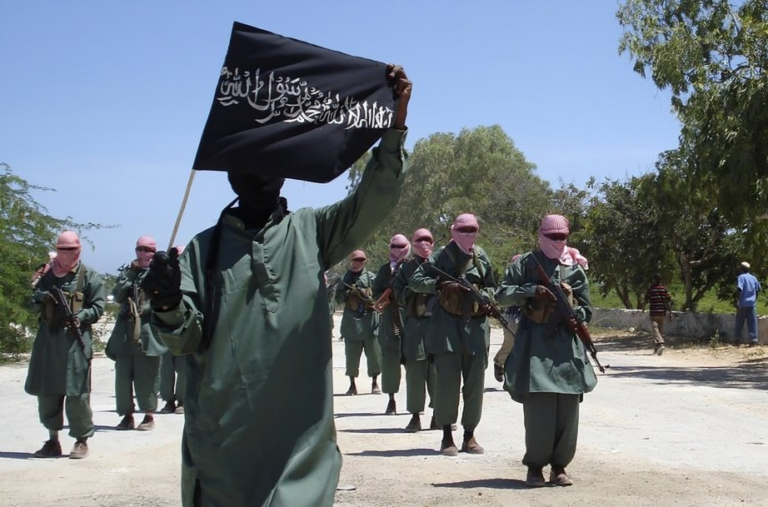

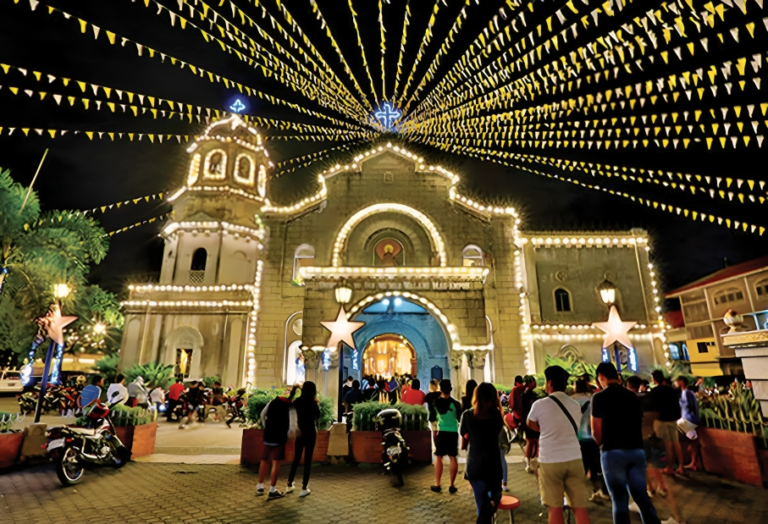


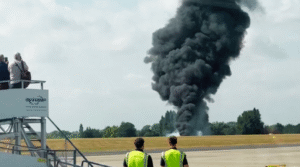
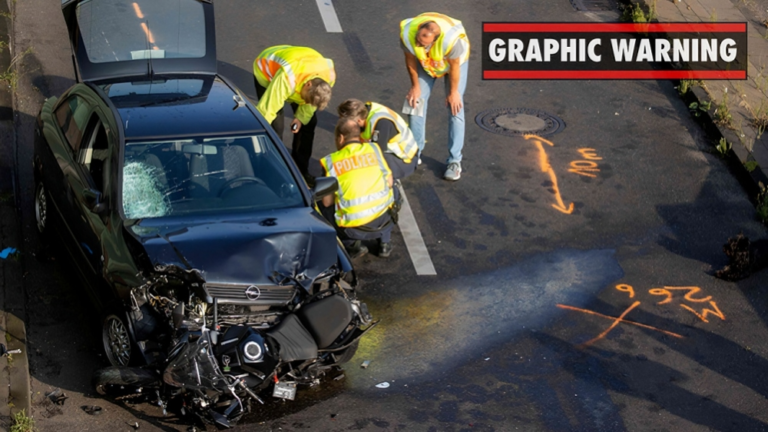


+ There are no comments
Add yours